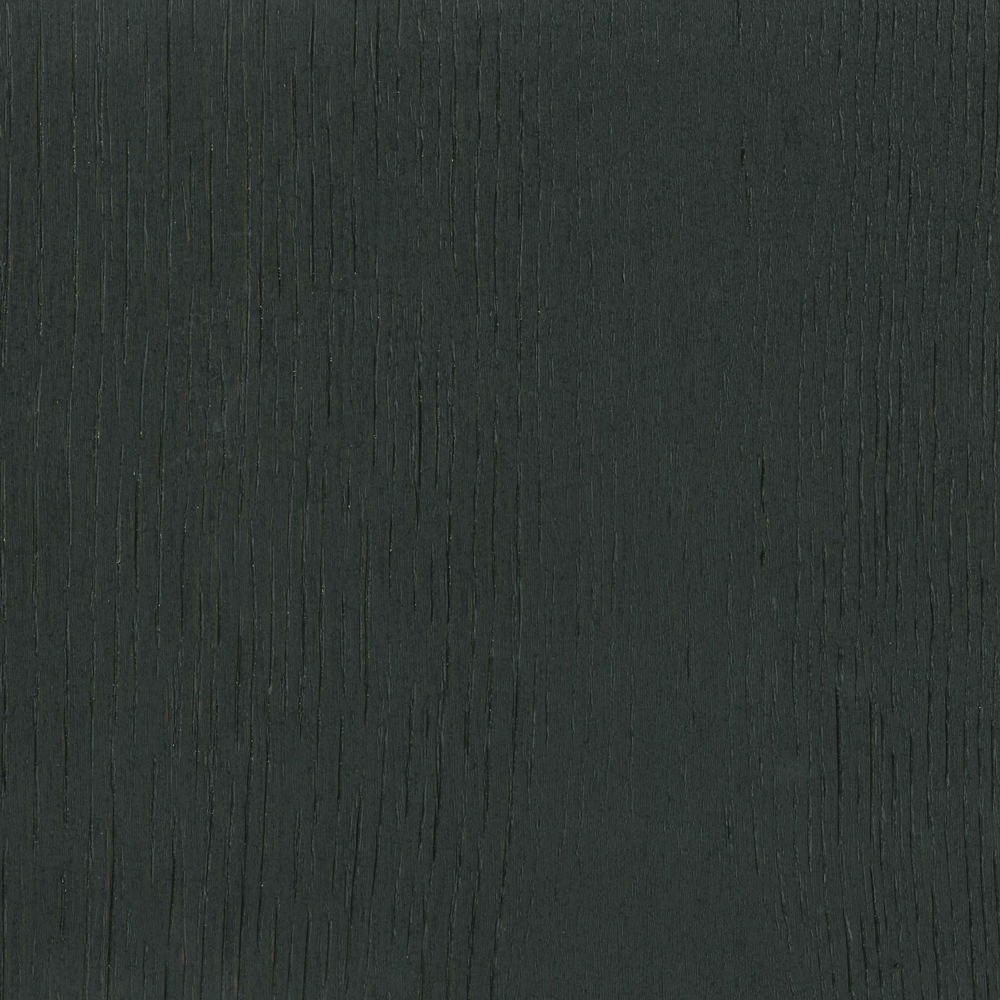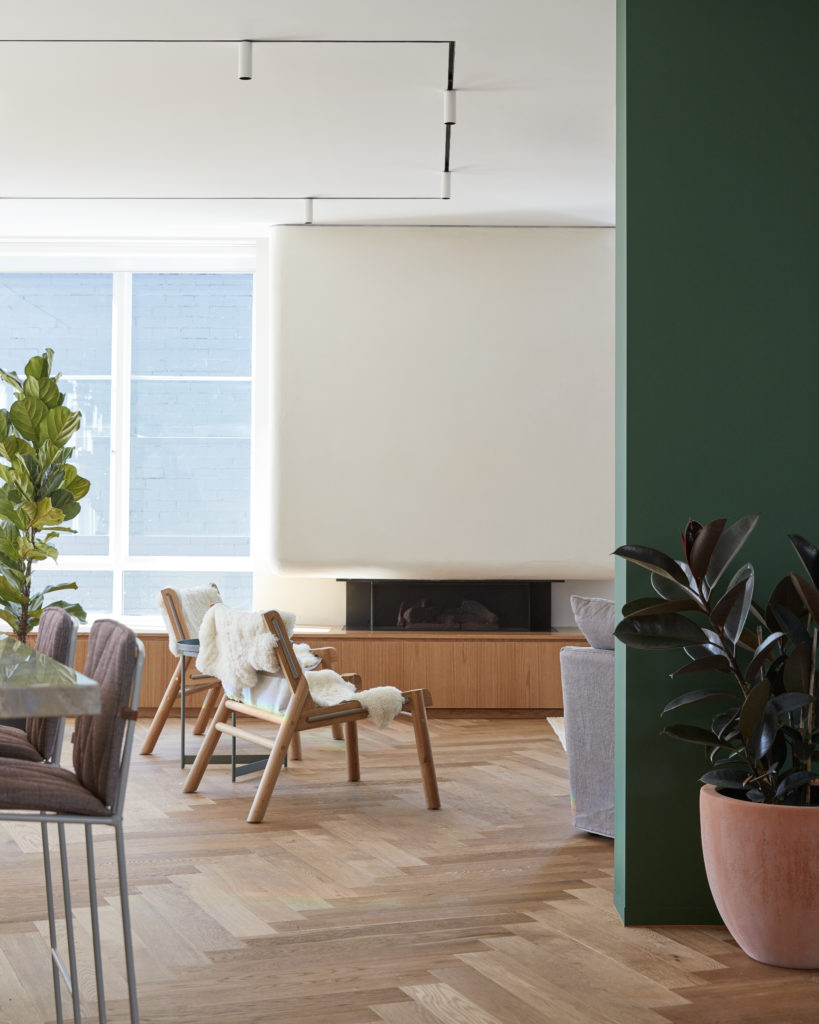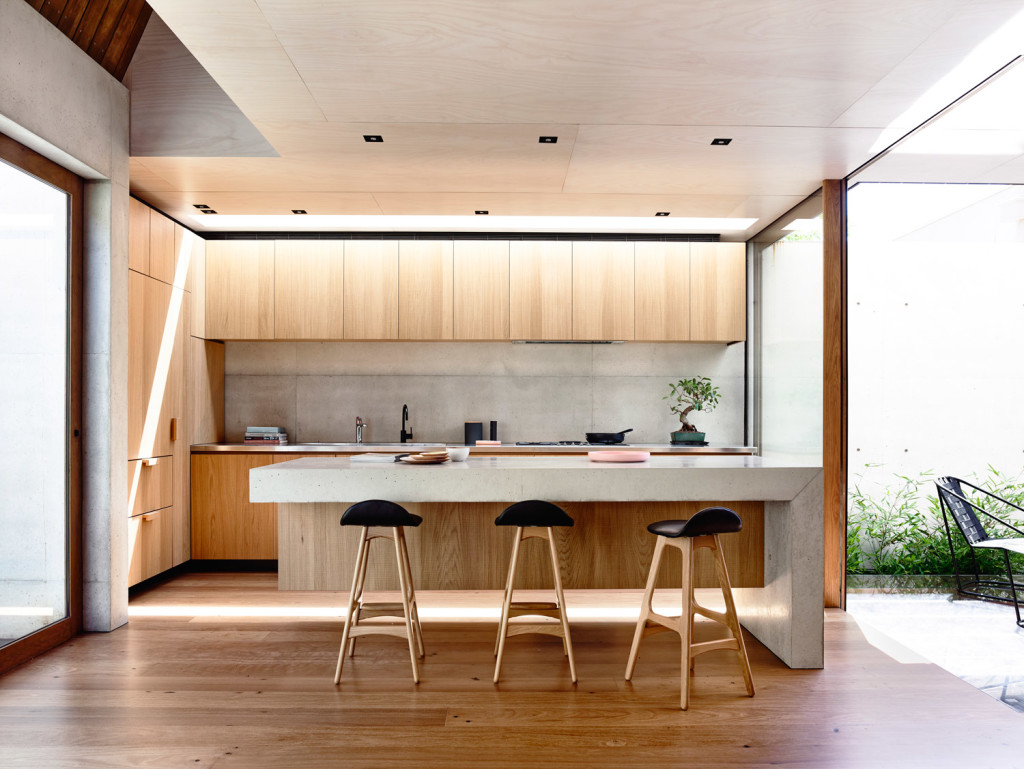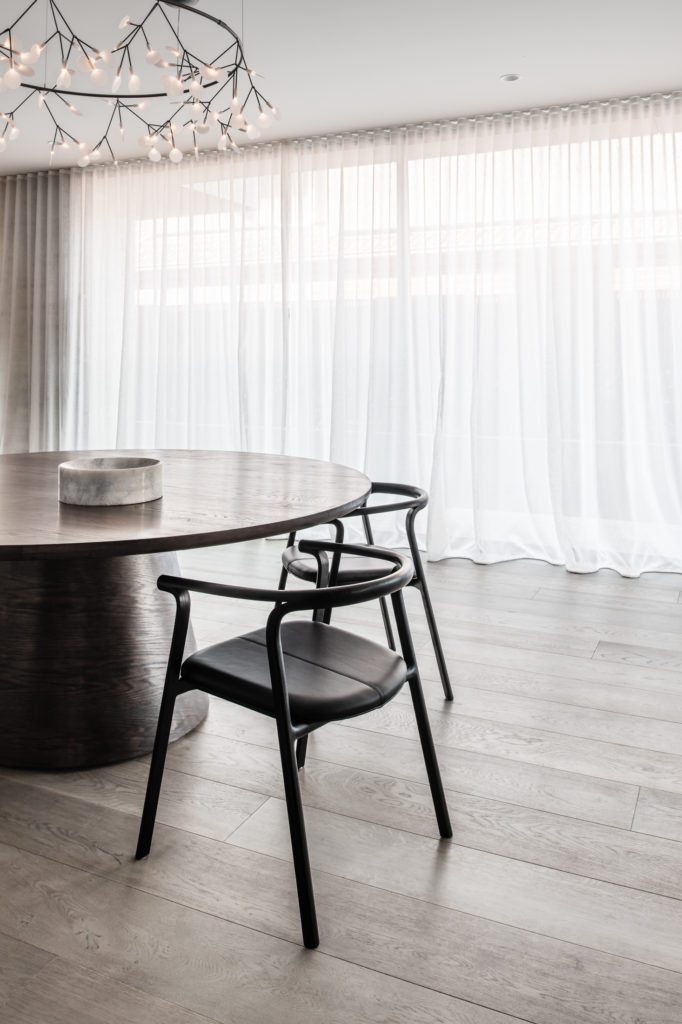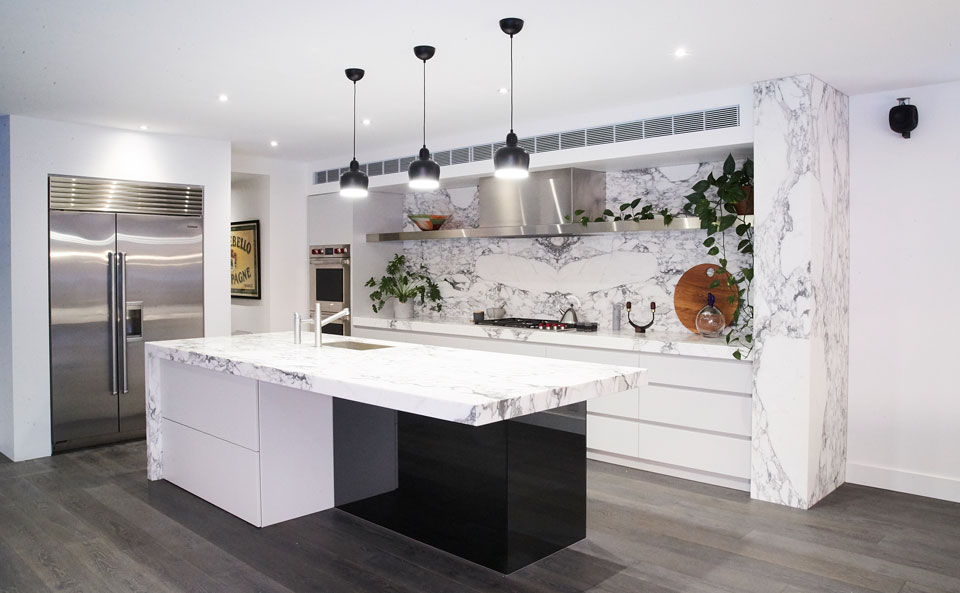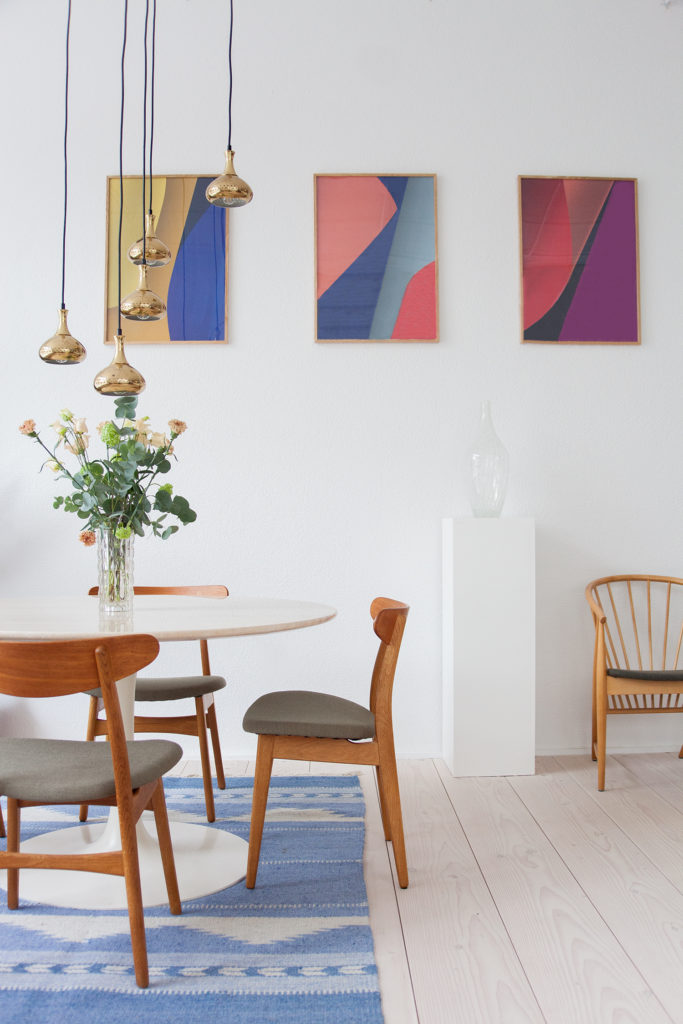What is engineered timber flooring?
Engineered wood flooring is a system of wood flooring that uses engineered wood planks made from multiple thinner layers of plywood bonded together and covered with a thin top layer (lamella) of hardwood. This gives an engineered timber floor the beautiful visual appeal of hardwood floors, but with better structural integrity and dimensional stability.
Engineered timber floor is a genuine wood floor and is easy to install, easy to maintain and cost effective for a variety of uses.
Engineered timber flooring pros and cons
When weighing up the pros and cons of the engineered floor, there are a number of things to consider.
Some of the pros of an engineered wood flooring are as follows:
- The multi-ply composite design of engineered timber floorboards means that they are structurally stable as a flooring material and less susceptible to shrinkage and expansion than other wood products.
- Engineered timber floor is easy to install. In certain circumstances, engineered floorboards can be laid as floating floors, which can eliminate the need for gluing to the subfloor. However, even when gluing is required it is a simple process that is cheaper and easier than installing a nailed solid timber floor.
- Engineered floor is incredibly easy to clean. It can be easily wiped down with non-damaging floor cleaner and polished which ensures excellent results.
- Engineered floor is easy to repair. Engineered floating floor makes it possible to easily remove and replace individual planks, should they become damaged.
Some of the cons of engineered wood flooring are:
- Despite being more stable than solid timber flooring, engineered timber is still subject to expansion and shrinkage due to changes in humidity. This must be factored in during installation in order to make sure the floor is properly laid.
- Depending on the thickness of the lamella, the top hardwood layer, as a general rule, engineered timber flooring can only be resanded and refinished up to three times. However with resanding only recommended roughly every 10 years, engineered timber floorboards still have a very long lifespan.
- Despite the availability of a range of scratch-resistant finishes, engineered timber is still subject to scratching unless maintained properly. Regular cleaning is recommended to ensure that sand and grit are removed from the surfaces and not walked in.
What types of timber is engineered flooring available in?
There are many types of engineered timber flooring. Because of its genuine timber construction, it is possible to find an engineered timber product in the same wood types as traditional hardwood flooring. This includes a wide range of European Oak engineered flooring and American Oak engineered flooring varieties, as well as natives such as Spotted Gum engineered flooring and Blackbutt engineered timber flooring.
What is engineered timber flooring offering when it comes to stains and colours? In addition to the variety of hardwood options available, engineered timber flooring comes in a range of stains and finishes, making it an incredibly versatile flooring option that will work with any design. While engineered wood planks are the most common configuration, engineered parquetry flooring is also popular, with herringbone and chevron being particularly favoured in modern residences.
Engineered timber floor vs traditional hardwood floor: how does it stack up?
The engineered timber flooring vs hardwood debate has gone on for years, but the truth is that engineered timber flooring has a number of advantages over traditional hardwood flooring.
Engineered wood flooring is easier to install than traditional hardwood floors. In many cases engineered timber floorboards can be installed as floating floors, eliminating the need for gluing to the subfloor.
Unlike traditional hardwood floors, engineered timber floorboards utilise a clip-lock or tongue and groove system to connect. This means that where individual boards are damaged, it is often possible to simply remove the affected boards and replace them with new ones, saving time and money in the process.
Engineered floor offers better dimensional stability than traditional hardwood flooring. While they are still subject to shrinkage and expansion, the multi-layer construction of engineered floorboards means that this will occur less than with solid timber.
The means that engineered timber floor is a more cost effective option than genuine timber flooring through the combination of easier install, easier repair and intelligent design that uses smaller amounts of expensive hardwood while still achieving the same effect.
Underfloor heating with an engineered timber floor
Engineered wood flooring is considered the best style of wood flooring for use with underfloor heating.
Because of its superior dimensional stability to solid hardwood floorboards, it will react less to the changes in temperature (and corresponding changes in moisture) caused by the underfloor heating. That’s why engineered timber flooring underfloor heating is so popular.
It is recommended that when using underfloor heating with engineered hardwood flooring, a thinner floorboard profile is selected. As a guideline, boards should be no more than 18mm thick, with a wear layer/lamella of no more than 5mm thick. This will allow the heat to effectively penetrate the wood, giving the desired effect.
Engineered wood flooring in the kitchen or bathroom
Engineered timber floor is perfect for use in a kitchen or a bathroom. Because it is less susceptible to expansion and contraction than hardwood floors, it is an ideal choice for those who are looking to bring the luxury look of hardwood to their kitchen or bathroom spaces.
However, this does not mean engineered timber floor is completely stable, and in such high humidity areas some expansion is to be expected. Both kitchens and bathrooms are also high spillage areas and so all spills must be dried and cleaned quickly to prevent the wood from being damaged.
However, if treated and installed properly, and maintained in accordance with best practice, engineered wood flooring will maintain its integrity and luxury finish for many years.
How do you install engineered timber floor?
Installing engineered flooring is a simple process. The most common installation methods for laying engineered wood flooring are floating floors and glued. Using the floating method, boards are joined together using a tongue and groove system and sometimes glued to each other, although this is not always necessary.
It is customary to include an expansion gap of roughly 10mm around the edges of floating engineered timber floors to adequately account for any fluctuations in shape. The other common method is to glue the engineered timber floor to the subfloor. Both of these methods mean that the floorboards can simply be attached directly to the concrete slab of the structure, and neither requires nailing or any additional preparation – saving time and money in the installation process.
How much does engineered timber flooring cost?
Engineered wood flooring is cheaper to purchase and install than solid timber flooring. Engineered flooring price can be anywhere from $40/m2 for lower grade products, all the way up to the $100/m2 mark for higher quality floorboards. Installation can generally be completed at a price point around the $40/m2 mark, including underlay.
This makes an engineered timber floor an incredibly cost effective way to get the luxurious feel of hardwood timber floors, without the price tag.
The best engineered timber flooring products currently available in Australia
We’ve pulled together a list of some of the best engineered timber flooring on the market.
- Ottó XVIII
This high-end residential and commercial engineered floor is made from the finest French Oak. Developed in consultation with leading designers, the stain highlights the lush organic tones of the wood. Available in long lengths and shorter, wider planks for herringbone engineered flooring or chevron configurations.
Link: https://gfethers.com.au/catalogue/otto-xvii/
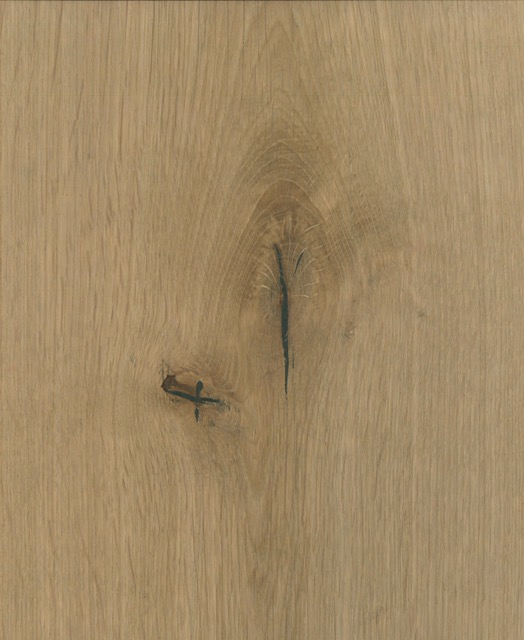
- Baden By George Fethers
Made from solid Douglas fir these high-end floorboards are available in lengths of 1-15 metres and widths of 200-400mm, giving them a distinctly luxury feel. They come in urban grade – with fewer branches and thus more consistent grain – or country grade, with a more rustic feel.
Link: https://gfethers.com.au/division/flooring/baden/
- Otto XIII Engineered flooring
Ideal for high-end residential and commercial products, the Ottó XIII finish is a caramel chocolate grey palette with honey overtones that would be ideal complementing a marble or stone-heavy design. Available in plank, herringbone and chevron configurations, making it ideal as an engineered parquet flooring, the finish is naturally hard wearing and suitable for high traffic applications.
Link: https://gfethers.com.au/catalogue/otto-xiii/
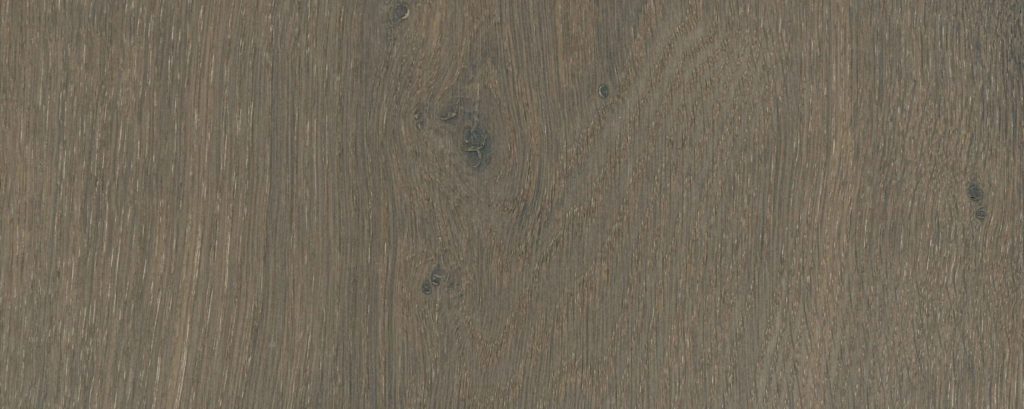
- Maison Scandia
The MAISON range features mid-range French Oak engineered flooring products suitable for residential and commercial applications. MAISON Scandia offers a light, Scandinavian palette and is available in two grades: Sleek, which features very few knots and variations, and Traditional, a modest feature grade that includes veins and knots.
Link: https://gfethers.com.au/catalogue/scandia/
- URBIS Milan Oak Ultra Matte
The Milan range is an architecturally inspired European Oak engineered flooring that is particularly suited for large multi-residential developments. This product is finished in extreme matte UV Oil, giving it a dark and textured finish.
Link: https://gfethers.com.au/catalogue/milan-oak-ultra-matte/
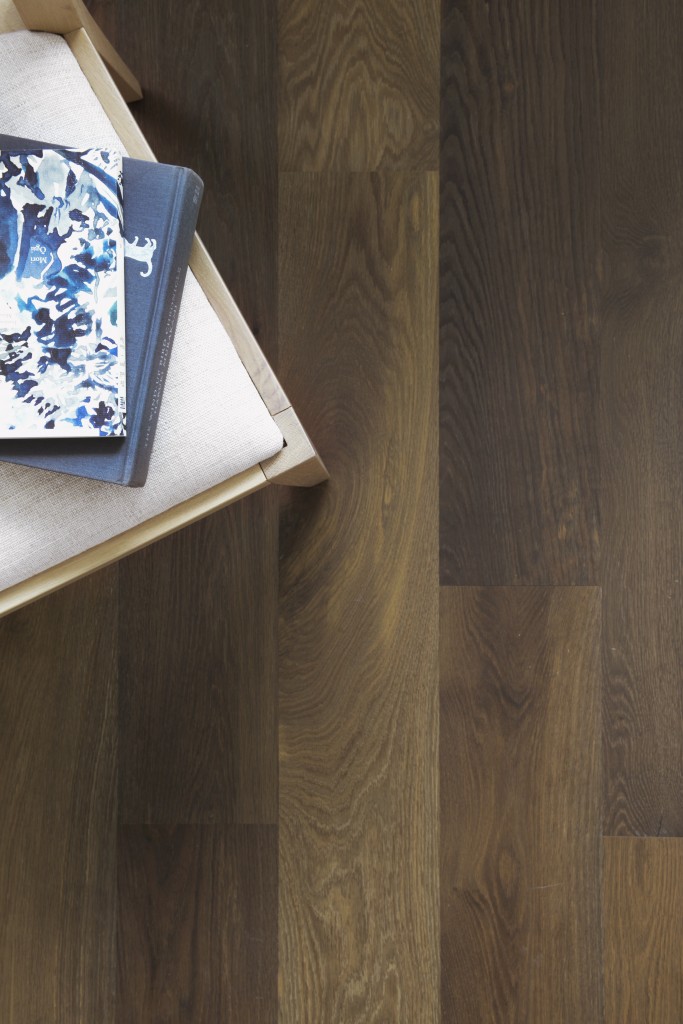
- URBIS Warehouse Oak
This European Oak product is finished in an extreme matte UV oil, giving it a lush yet non-glossy appearance. The product achieves consistently good reviews and boards come in 1820mm lengths and 190mm wide, giving them a rich, luxurious aesthetic.
Link: https://gfethers.com.au/catalogue/warehouse-oak/
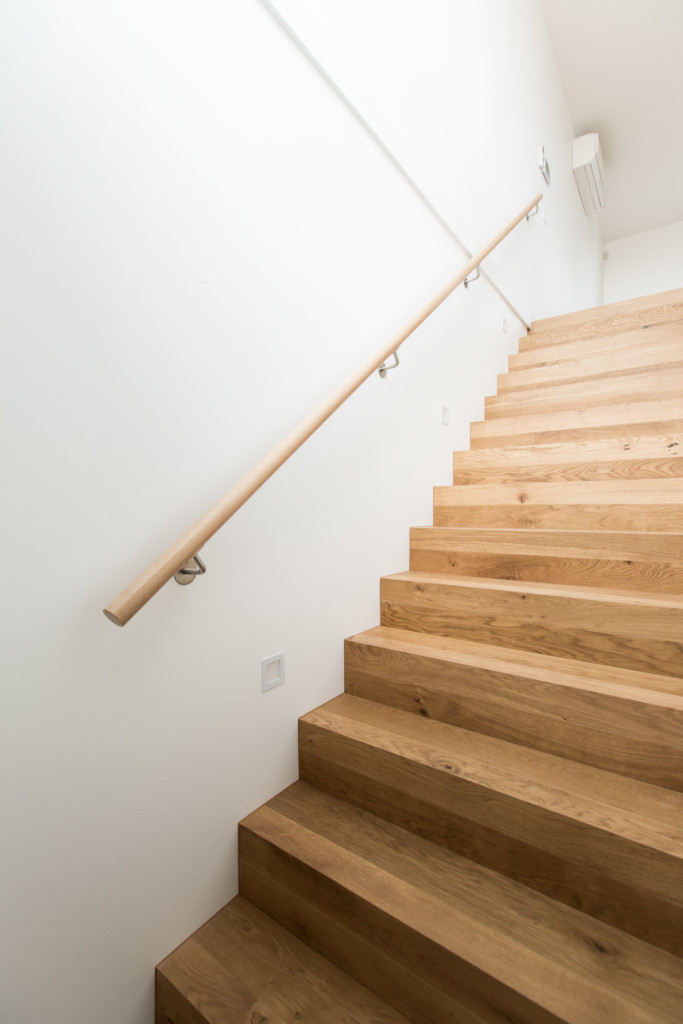
- Hakwood European Oak Engineered Flooring
Dutch-designed Hakwood engineered flooring offers a range of timber grades for their European Oak (also known as French Oak) products. Hakwood’s engineered oak timber flooring is available in a range of stains from light to dark greys and blacks, as well as a number of lengths and widths making them suitable for plank, herringbone or chevron-style configurations.
Link: https://gfethers.com.au/division/flooring/hakwood/
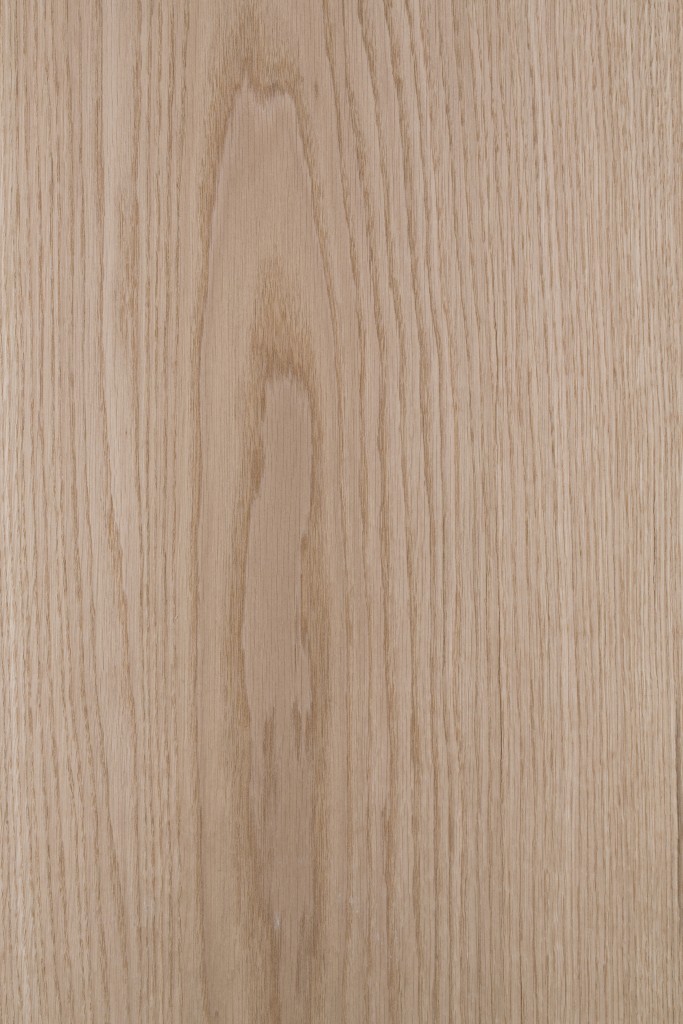
- Maison North Black
This solid black palette is an ideal accompaniment for contemporary designs and is available in two grades and numerous plank lengths. Maison engineered wood flooring is prefinished using natural oils and lacquers to enhance the natural beauty of the lush oak hardwood.
Link: https://gfethers.com.au/catalogue/north-black/
